iStorage Server supports High-Availability iSCSI SAN for Windows Server 2008 & Hyper-V Clustering iSCSI, an Internet Protocol (IP)-based storage networking standard for linking data storage facilities. By carrying SCSI commands over IP networks, iSCSI is used to facilitate data transfers over intranets and to manage storage over long distances. iSCSI can be used to transmit data over local area networks (LANs), wide area networks (WANs), or the Internet and can enable location-independent data storage and retrieval. It is a popular Storage Area Network (SAN) protocol, allowing organizations to consolidate storage into data center storage arrays while providing hosts (such as database and web servers) with the illusion of locally-attached disks. Unlike traditional Fibre Channel, which requires special-purpose cabling, iSCSI can be run over long distances using existing network infrastructure.
High-availability clusters (also known as HA Clusters or Failover Clusters) are computer clusters that are implemented primarily for the purpose of providing high availability of services which the cluster provides. They operate by having redundant computers or nodes which are then used to provide service when system components fail. Normally, if a server with a particular application crashes, the application will be unavailable until someone fixes the crashed server. HA clustering remedies this situation by detecting hardware/software faults, and immediately restarting the application on another system without requiring administrative intervention, a process known as Failover. As part of this process, clustering software may configure the node before starting the application on it. For example, appropriate file systems may need to be imported and mounted, network hardware may have to be configured, and some supporting applications may need to be running as well.
The Hyper-V role enables you to create a virtualized server computing environment using a technology that is part of the Windows Server 2008 operating system. This solution is provided through Hyper-V. You can use a virtualized computing environment to improve the efficiency of your computing resources and improve server availability without using as many physical computers as you would need in a failover configuration that uses only physical computers.
Main benefits of Hyper-V are:
- Consolidation of hardware resources
- Ease of administration
- Significant cost savings
- Fault tolerance support through Hyper-V clustering
- Ease of deployment and management
If you want to learn more about iStorage Server support for High-Availability iSCSI SAN and Hyper-V under Windows Server 2008 operating system, please refer to this
White Paper.
You can download Trial version of iStorage Server
here.

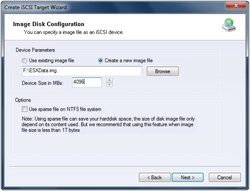
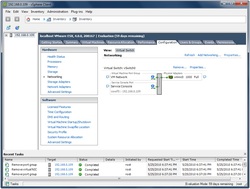



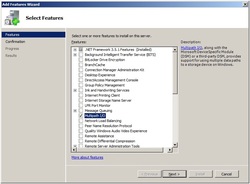


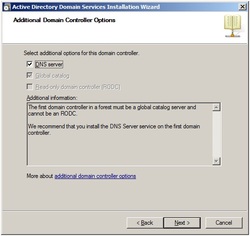
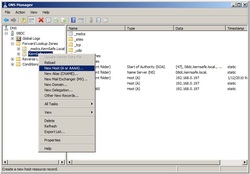
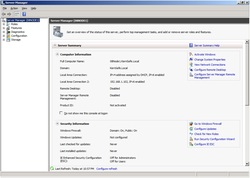

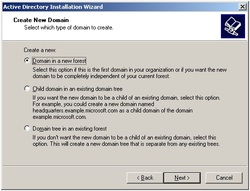
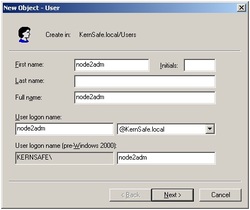
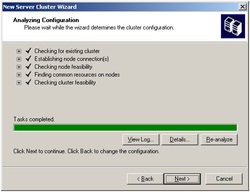

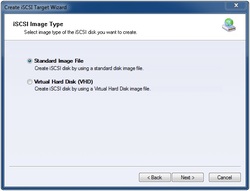
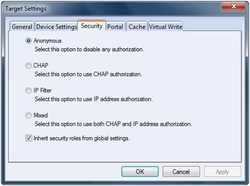
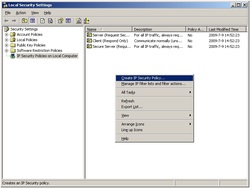

 RSS Feed
RSS Feed